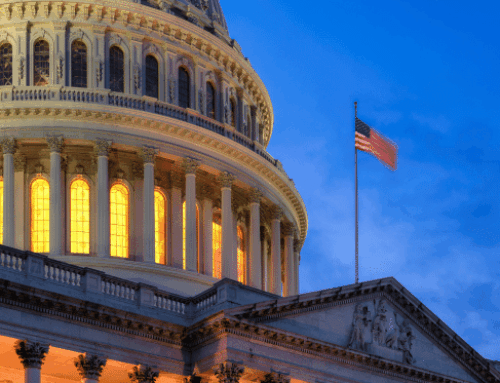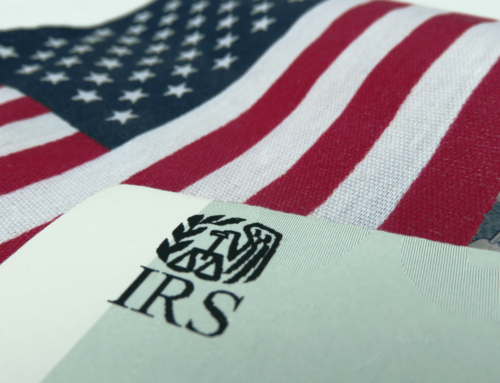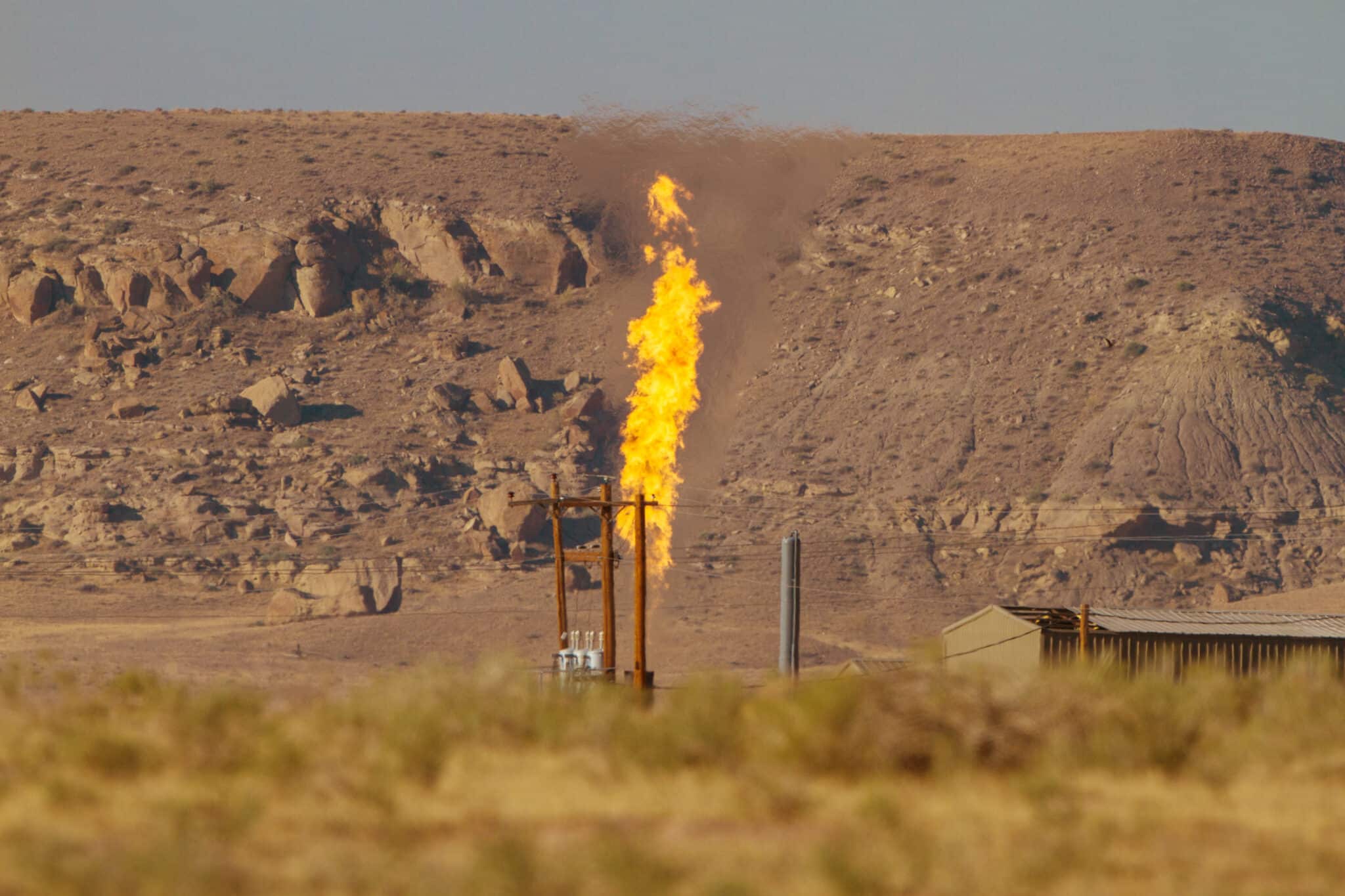As the day celebrating our country’s declaration of independence from the British crown approaches, we are noticing vestiges of the old Russian monarchy popping up throughout our government. Earlier this week, Deputy Secretary of Interior David Hayes became the latest example when he was named the California Water Czar . He joined dozens of others in what has become a veritable Czar bazaar.
The rationale for creating “Czar” positions is that such individuals can rise above the usual DC turf wars, knock heads together, and make disparate bureaucracies achieve ambitious, overarching goals. Done well, this can demonstrate an administration's higher level of interest and dedication to an issue. But this ceases to be true when these exalted positions become so commonplace that it’s hard to see where ordinary bureaucracy ends and the extraordinary begins.
By our count there are at least 31 active Czars ( see our list here ), giving the current administration more Czars than Imperial Russia had in its history. We have a Mideast Peace Czar and a Mideast Policy Czar , a Sudan Czar and a Guantanamo Closure Czar . There’s a Green Jobs Czar , a Pay Czar and an Energy Czar , an Urban Affairs Czar , Technology Czar , and even a Great Lakes Czar . Thankfully, there’s also an Information Czar .
Clearly there is a place for the Czar function. When you are trying to manage large new initiatives (such as those managed by the Climate Czar and Health Care Czar ) these White House-based positions can make sense. Similarly, when crisis situations develop ( TARP Czar , Stimulus Accountability Czar ) such positions may make sense on a temporary basis. But others, like the Drug Czar , have been in place through several administrations with a spotty track record.
As they say, too much of a good thing can be a bad thing. When you look at the Czar proliferation (there’s a WMD Czar , too), you have to scratch your head and ask if perhaps we should re-think this approach. Instead of constantly creating new positions to coordinate our government's activities, might it make more sense to figure out how to make the existing structure perform better for the taxpayer?
Turning to specially appointed Czars to find solutions to some of the most complex problems facing our country is problematic. These Czars occupy an exalted status in our government as part of the Executive Branch but not any agency. Unless expressly provided for by Congress, these officials are not confirmed by the Senate, yet often have power over Cabinet-level officials who are subject to confirmation. Instead of streamlining government and making it more efficient, an overreliance on Czars runs the risk of papering over problems ( Regulatory Czar ) while keeping the creaking structure in place.
In the end, naming a Czar often yields a quick media hit and gives the impression of action. But Czars are generally tasked with tackling challenging issues that require a high level of commitment, perseverance, and resources. These issues are intractable for a reason: they involve tough questions, difficult trade-offs, and touch the lives of millions of Americans from all walks of life. Simply adding another layer of bureaucracy isn't going to change this fact.
Only by reforming and managing the underlying bureaucracy can you affect long-lasting change. What we need is to make government work, rather than creating more Czars to construct a Potemkin village for the major issues facing our country.









